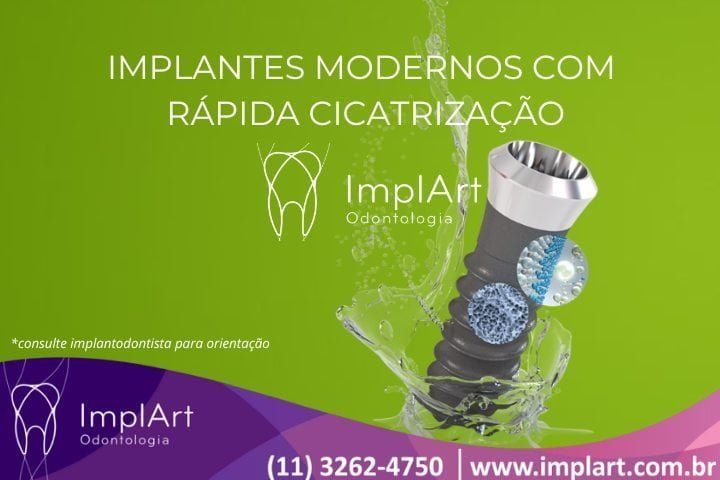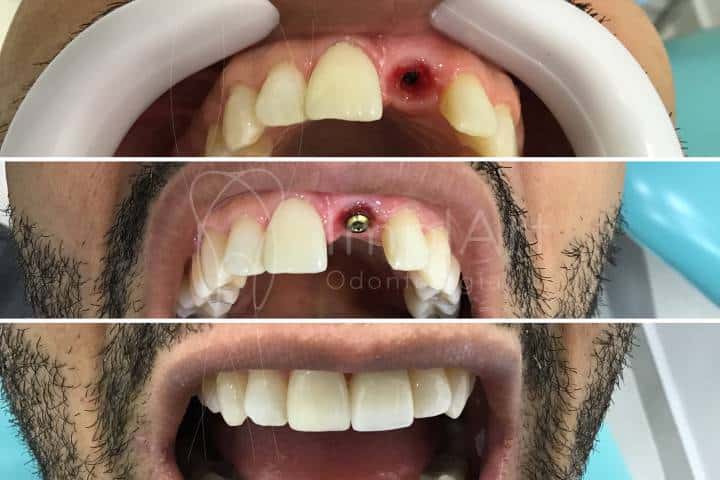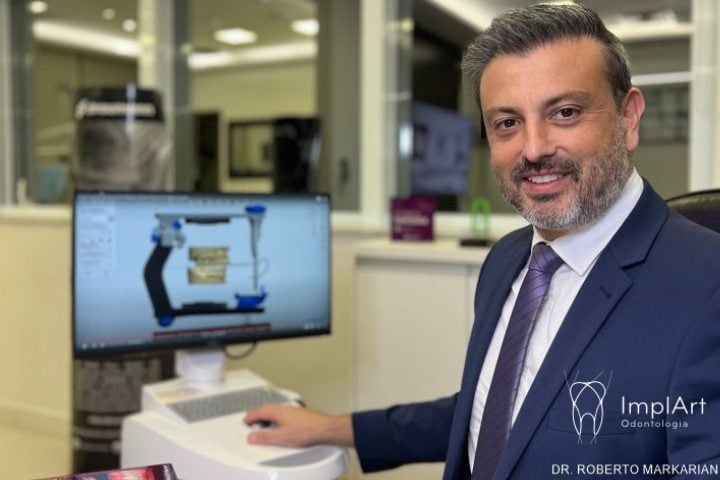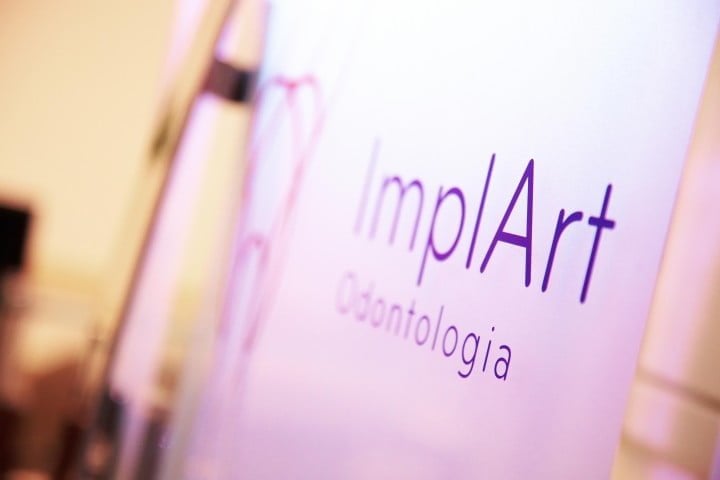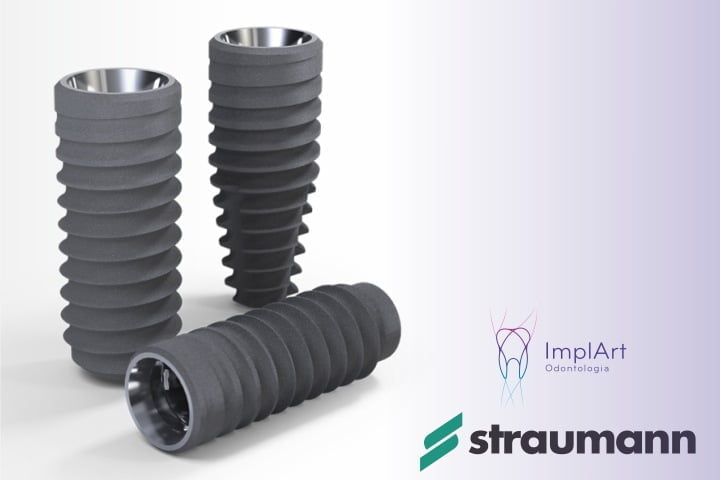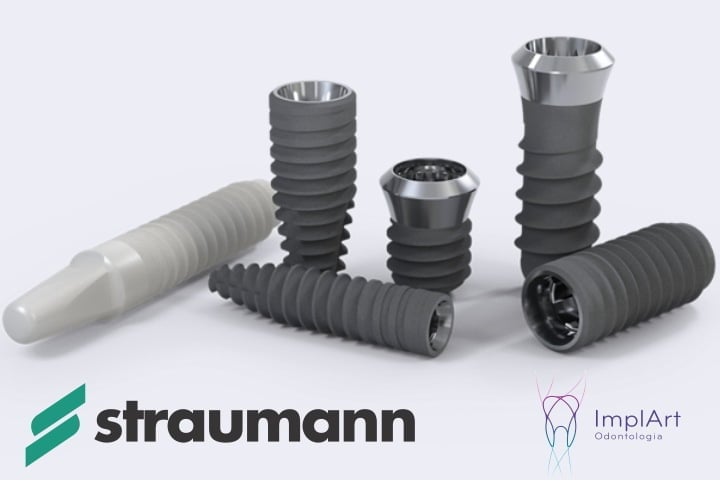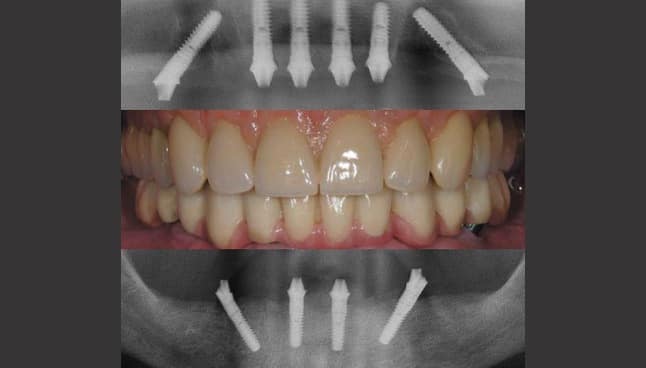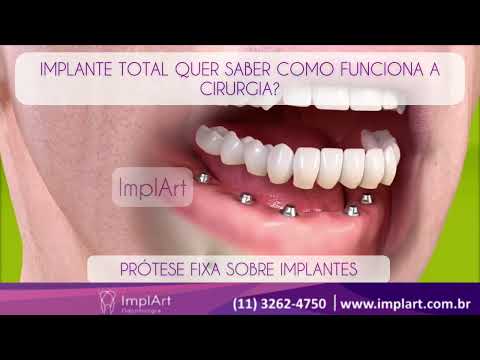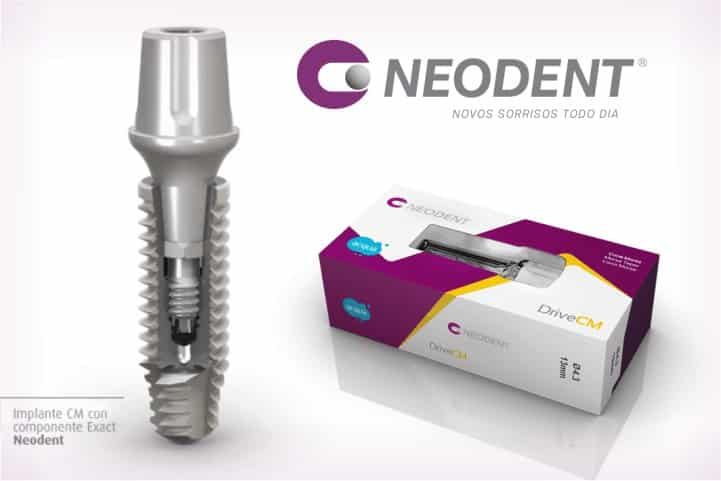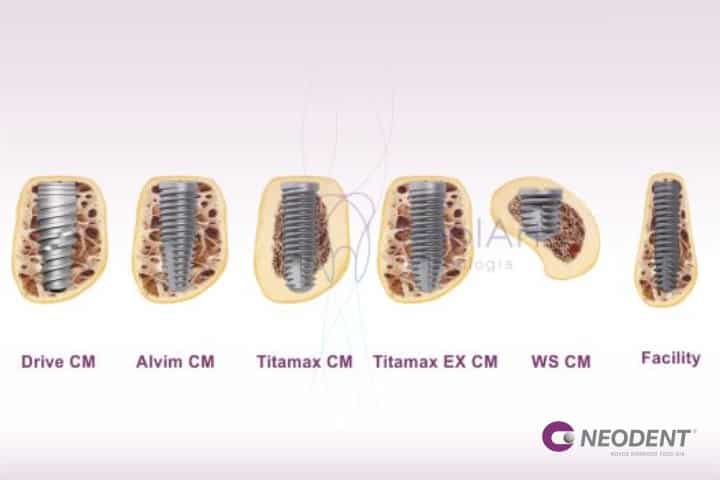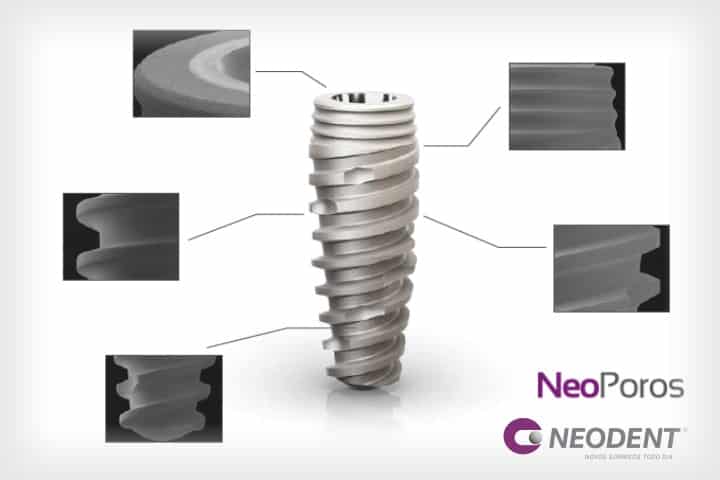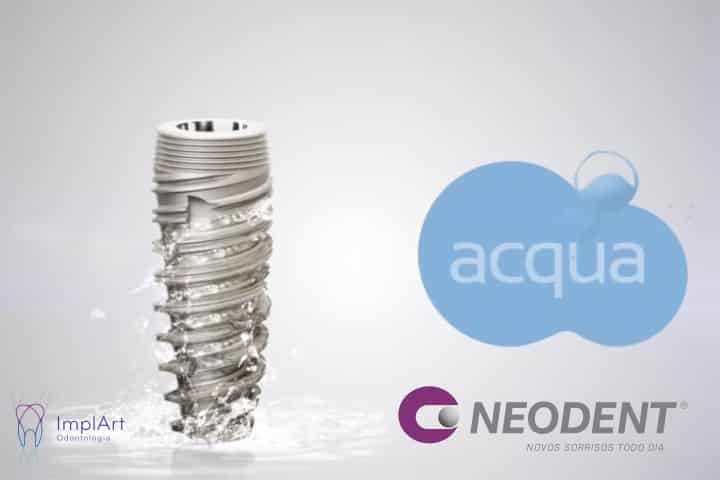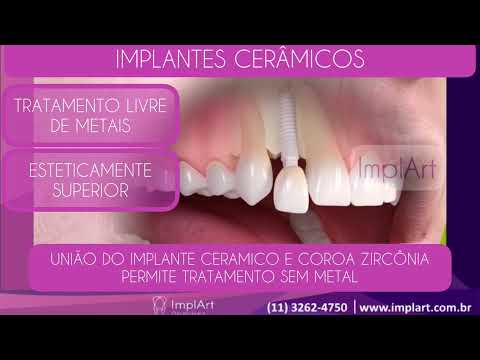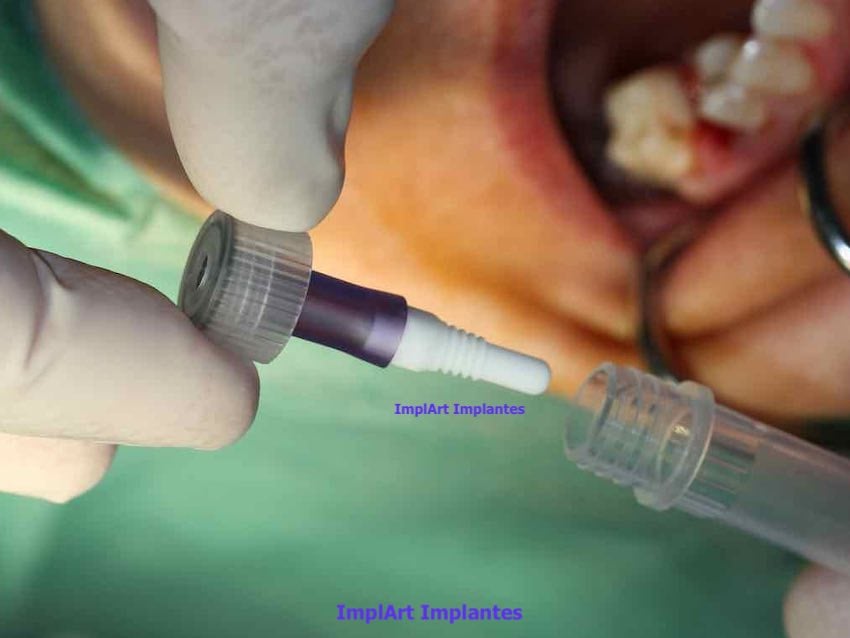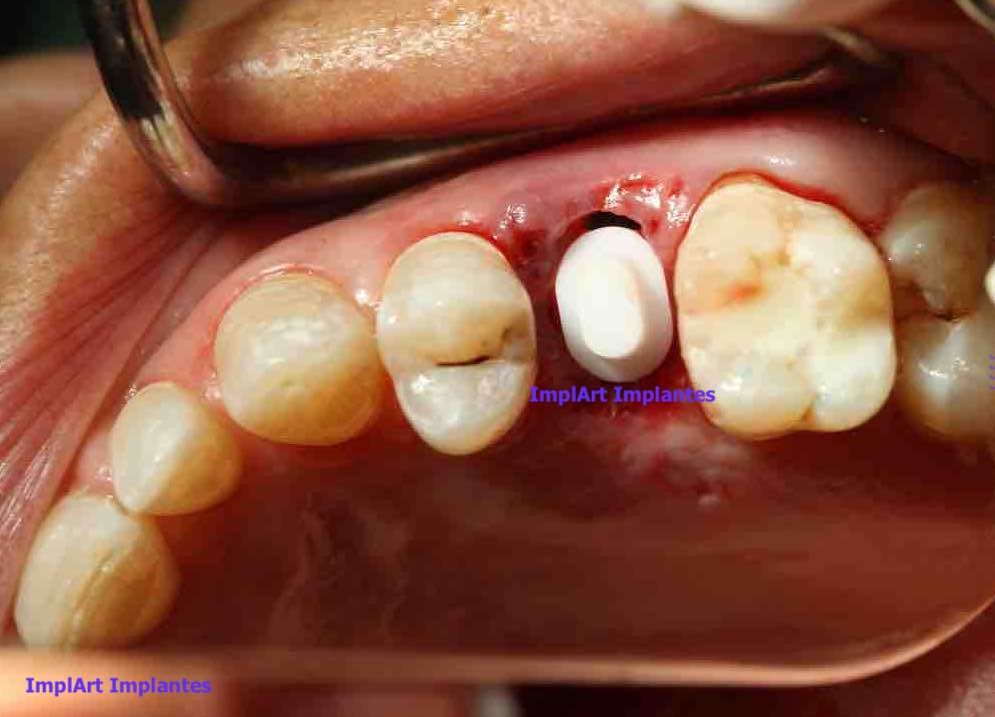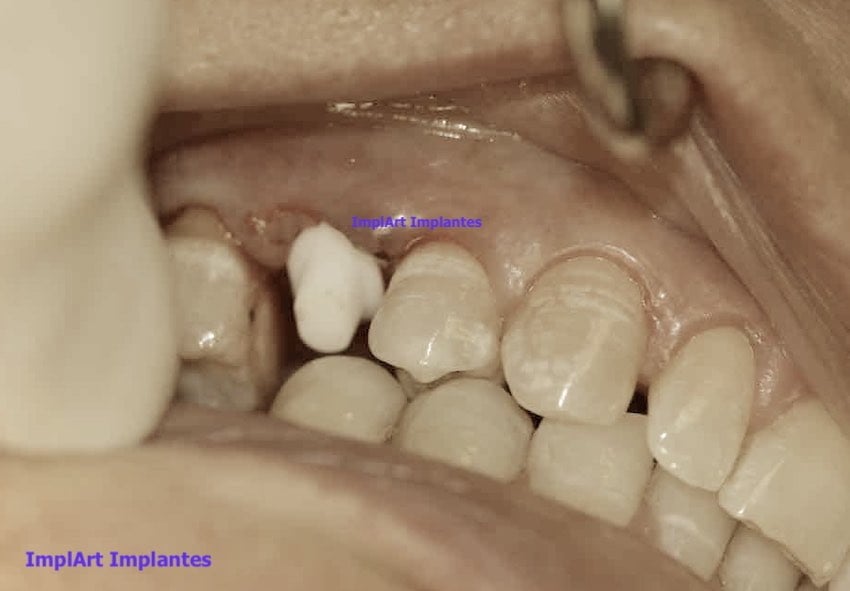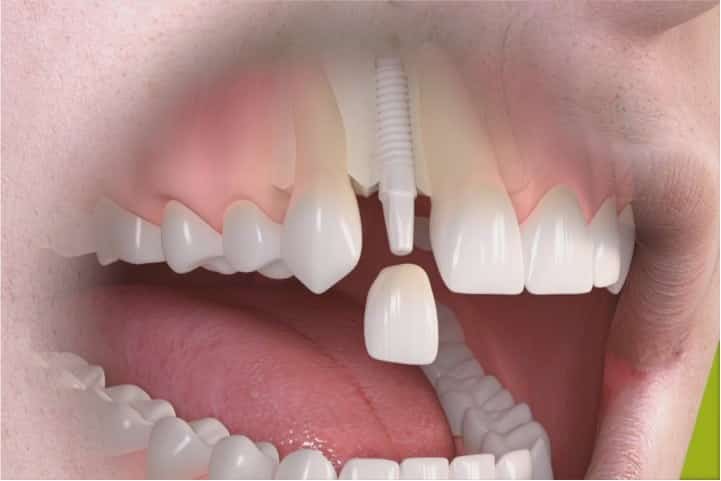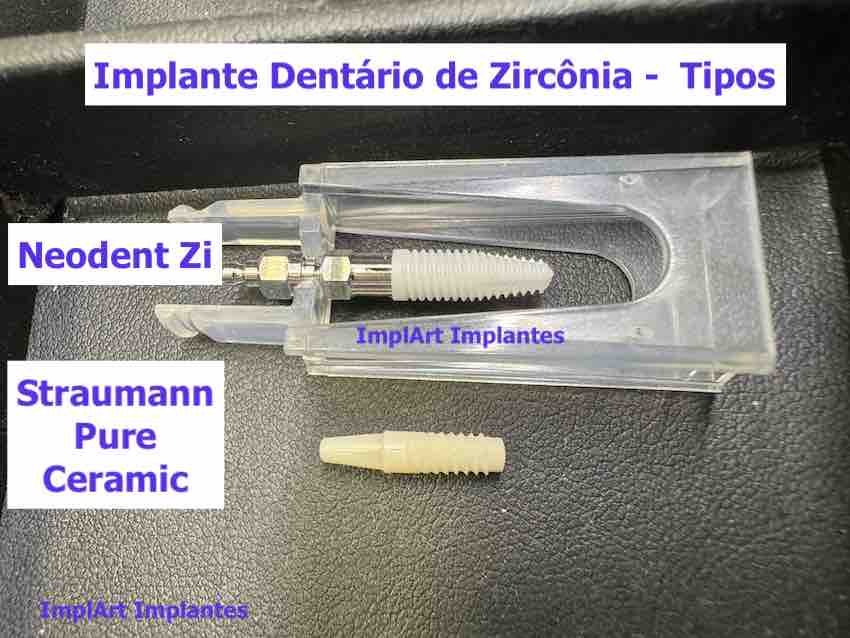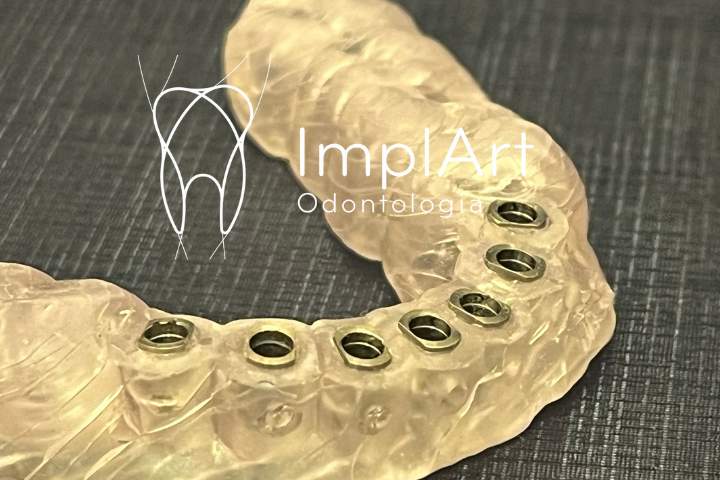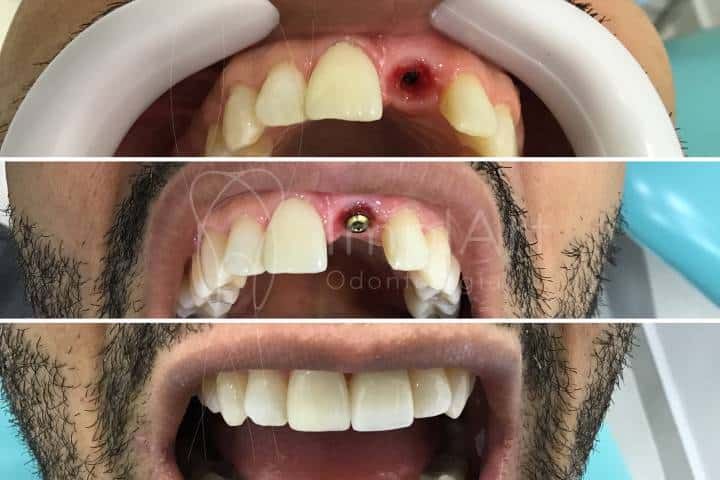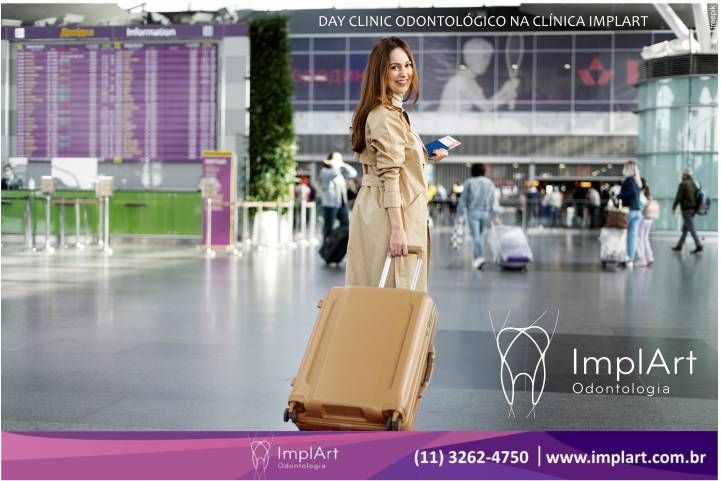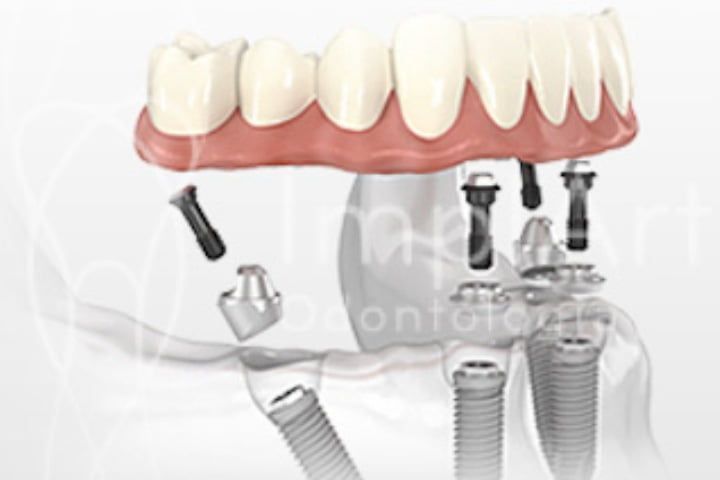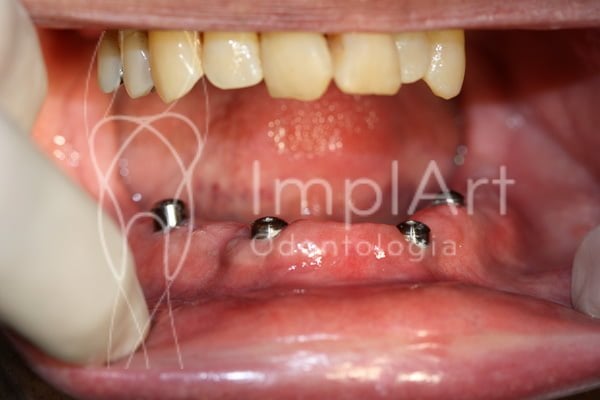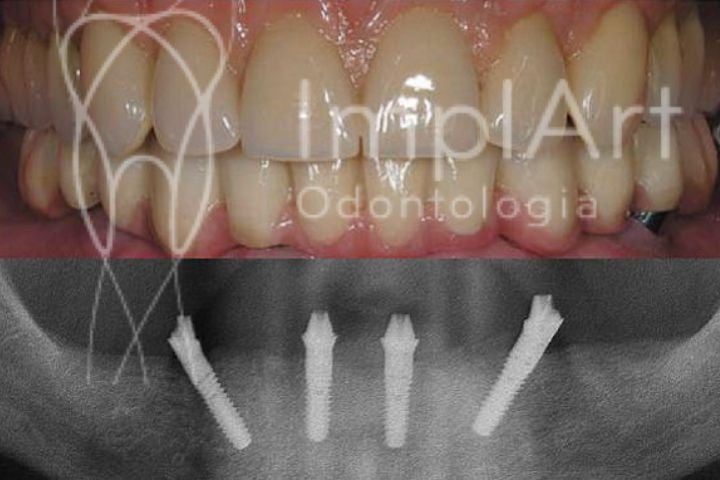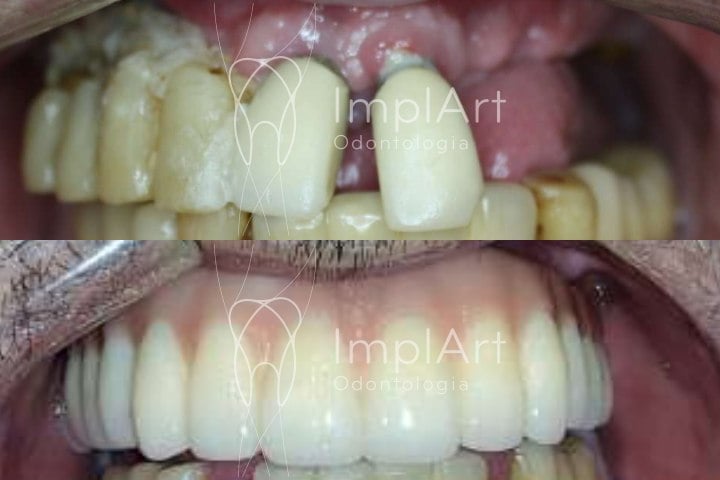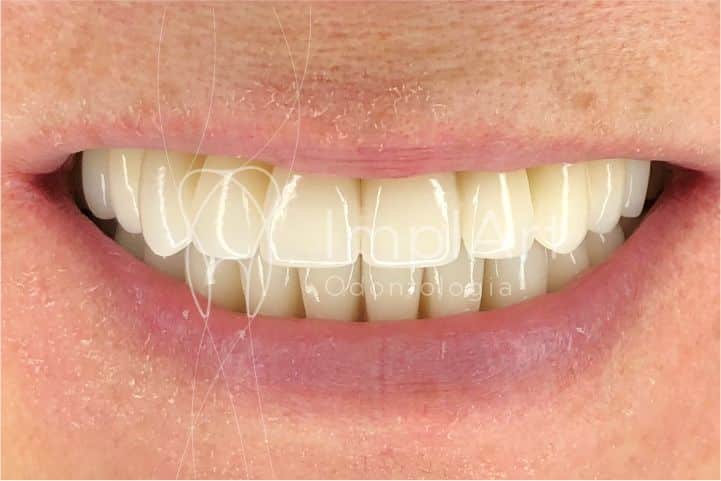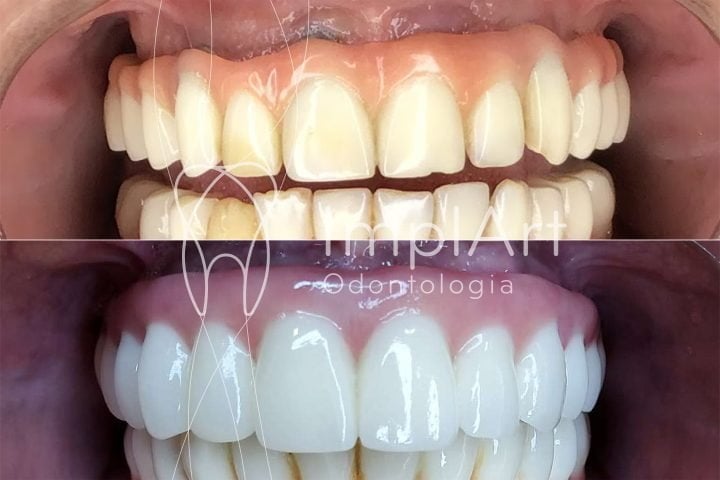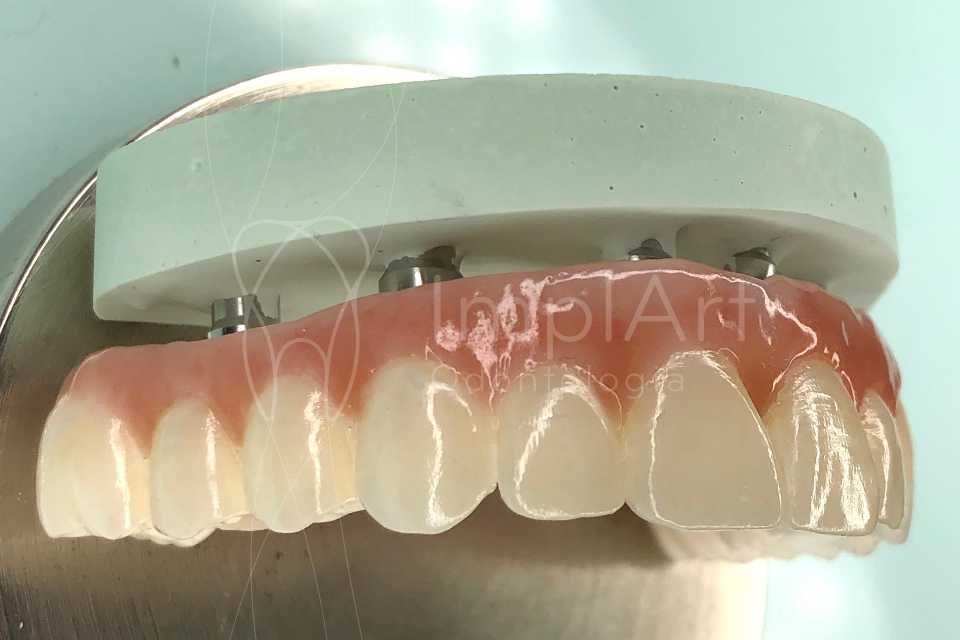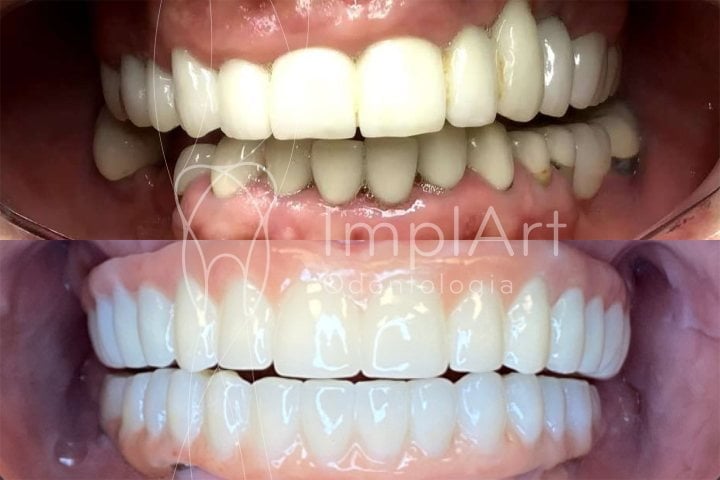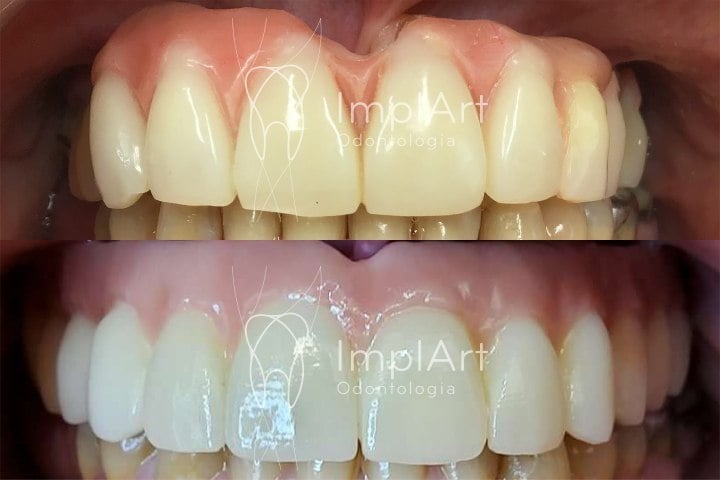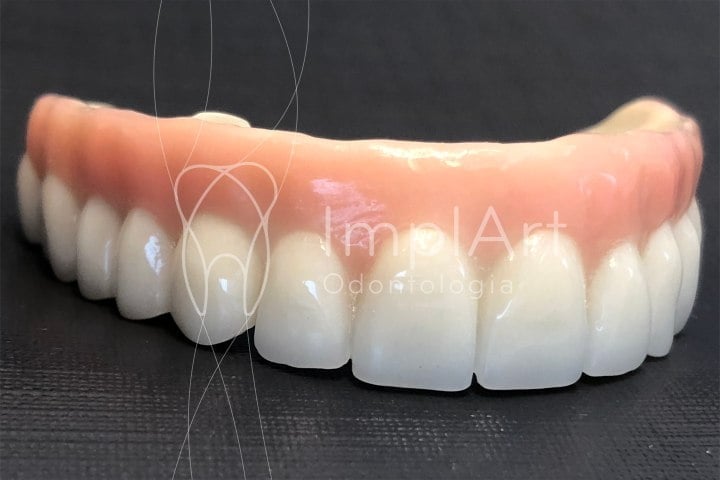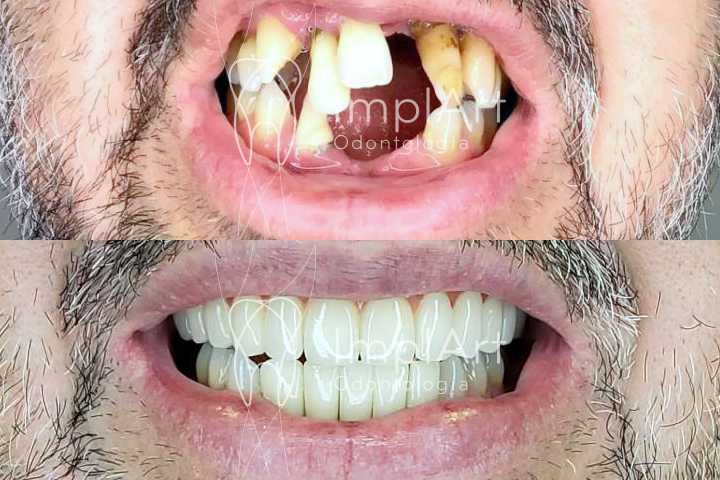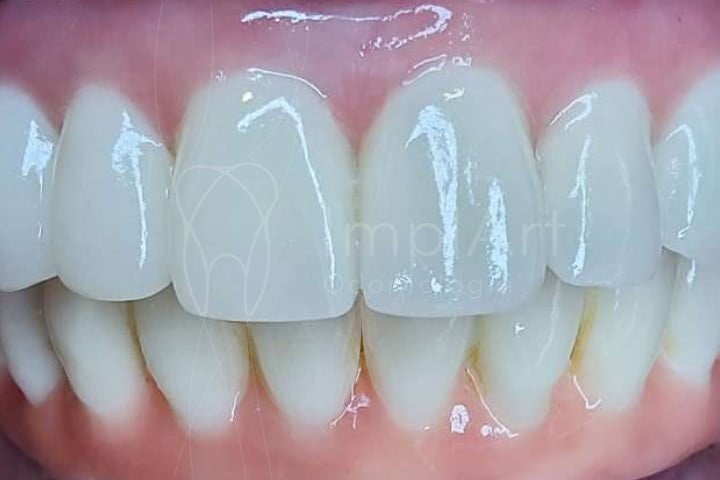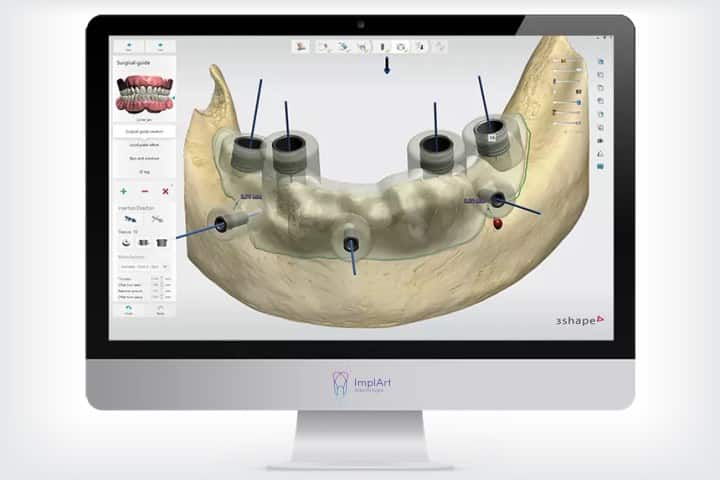Straumann Implants – the No. 1 Reference in Implant Dentistry
Based in Basel, Switzerland, Straumann Implants is a world leader in implant dentistry and oral tissue regeneration. It offers innovative, fast-healing implant options, such as Slactive, which heals in 1 month. Or even ceramic implants, the only ones without metal in their composition.
Therefore, as well as offering safe dental implants, there are also some Straumann implant models with special purposes, such as those that avoid bone grafts, because they are narrower or shorter. Or those made of special materials that prevent allergies, such as zirconia implants.
It is this range of solutions, combined with extensive clinical and laboratory testing prior to launch, that makes Straumann implants the best option for patients who want to receive the best!
Find out why Straumann Implants is the world’s best reference
Straumann Swiss implants are considered the best dental implants in the world
In collaboration with leading clinics, research institutes and universities around the world, Straumann has been researching and developing dental implants, surgical instruments, prosthetic components and biomaterials for oral tissue regeneration since 1974.
Straumann’s products and services are available in more than 70 countries. This standard of excellence certainly allows dentists to offer their patients less traumatic, less invasive treatments with predictable long-term results, not only aesthetic but also functional.
Straumann implants are manufactured with three basic requirements: reliability, simplicity and versatility. The brand has an extensive range of implants with different sizes, diameters, angulation, material composition and surface technologies.
This considerably increases the chances of rehabilitation in various situations.
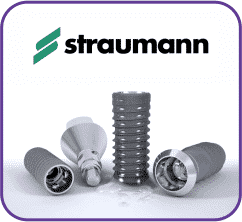
Some of Straumann’s exclusive technologies:
- Straumann Soft Tissue Level Implants – gingival level connection implants.
- Straumann Bone Level Implants – bone level implants with internal connection to preserve bone and gum tissue and favor aesthetic results.
- PURE Ceramic – white all-ceramic implants, especially suitable for the anterior region of the arch. It favors the aesthetic result of the treatment.
- SLa and SLActive implants – implants with surface technology that favors and accelerates the osseointegration process. They can be used in immediate loading techniques.
- Short implants and thinner dental implants
- Roxolid – implants made from Titanium + Zirconia. They have small dimensions and high strength, and are particularly suitable for patients who have little bone volume (they can be an alternative to bone grafting).
- Morse ConeConnection – a locking system that promotes better stability of the tooth and prevents it from coming loose in the future.
Read more: Dental implant and crown in one month
The decision on which implant is best for your case will be made between you and your ImplArt dentist. The advantages and disadvantages of each implant system will be presented.
After analyzing the available options, the dentist will recommend the most suitable dental implant for your specific case. In addition, during the initial consultation, the details of the procedure will be discussed, including recovery time and the necessary post-operative care.
It is important to note that choosing the right dental implant is essential to guarantee a satisfactory long-term result. Each patient has unique characteristics, such as the amount of bone available and general oral health, which will be taken into account to determine the best implant option.
Straumann Implants are faster to heal
After the implant has been placed, it will be necessary to wait for a period of healing and integration with the bone before proceeding with the placement of the crown. This waiting time can vary according to individual circumstances and is usually around three to six months.
However, in some cases, it is possible to carry out the dental implant and crown placement procedure in a shorter period of time, such as one month. This accelerated method is known as immediate loading and allows the patient to obtain a complete smile in a reduced time.
Therefore, when considering a dental implant and crown, it is essential to seek out a specialized and experienced dentist who can advise on the best options available and provide a customized treatment to meet your individual needs.
If you have any questions, please contact us! The ImplArt dental clinic relies on all this technology to provide treatment for its patients. We are one of Straumann Implants’ largest clients in Brazil and have been accredited to use Straumann implants since 2002.
Dr. Roberto Markarian, implant dentist and scientific coordinator of ImplArt Clinic in Brazil, is also a member of the ITI – International Team for Implantology, an entity linked to Straumann Implants that brings together the world’s best specialists for the development of new products and techniques related to dental implants.
If you have any questions, please contact us or make an appointment.

 Agende sua consulta agora por WhatsApp
Agende sua consulta agora por WhatsApp